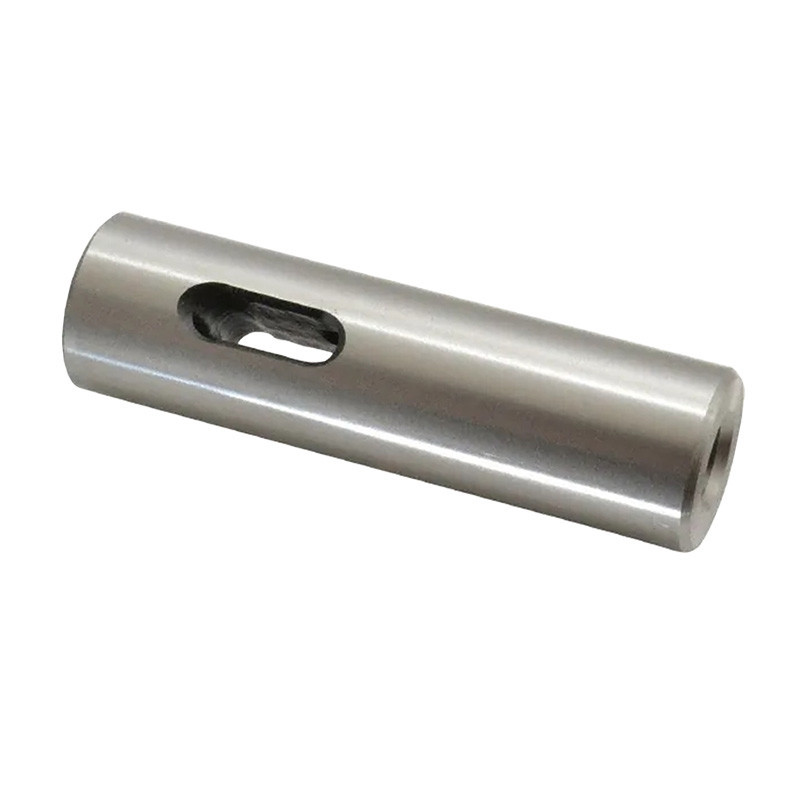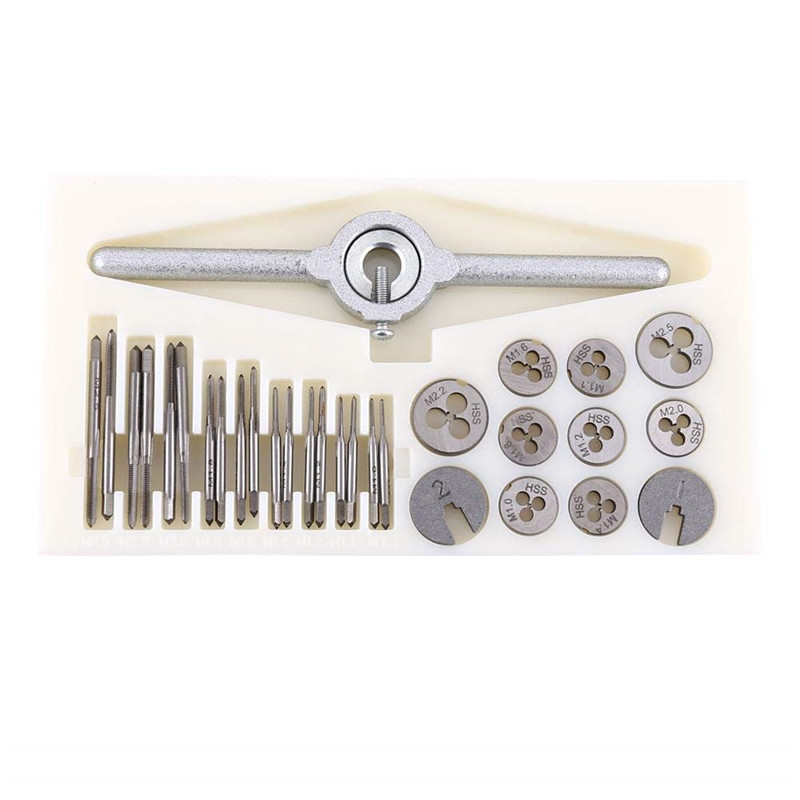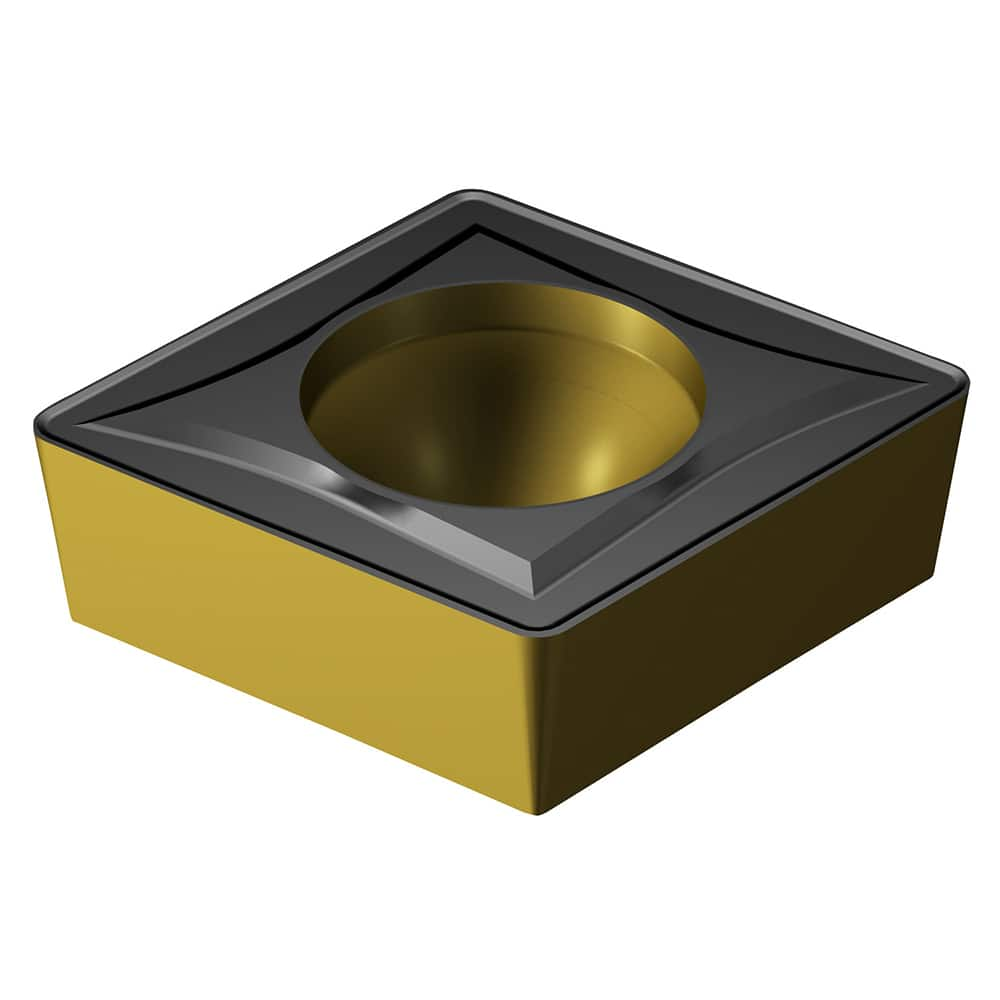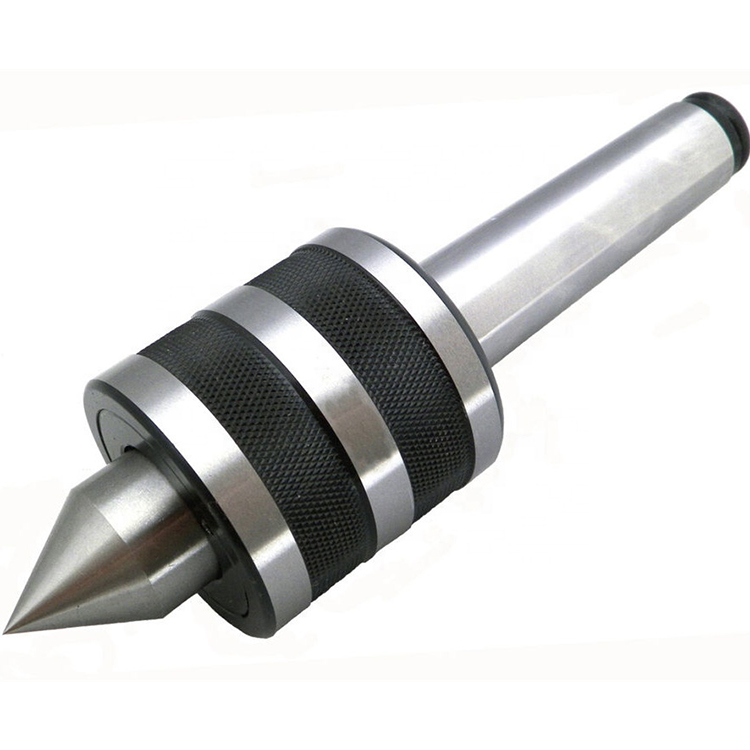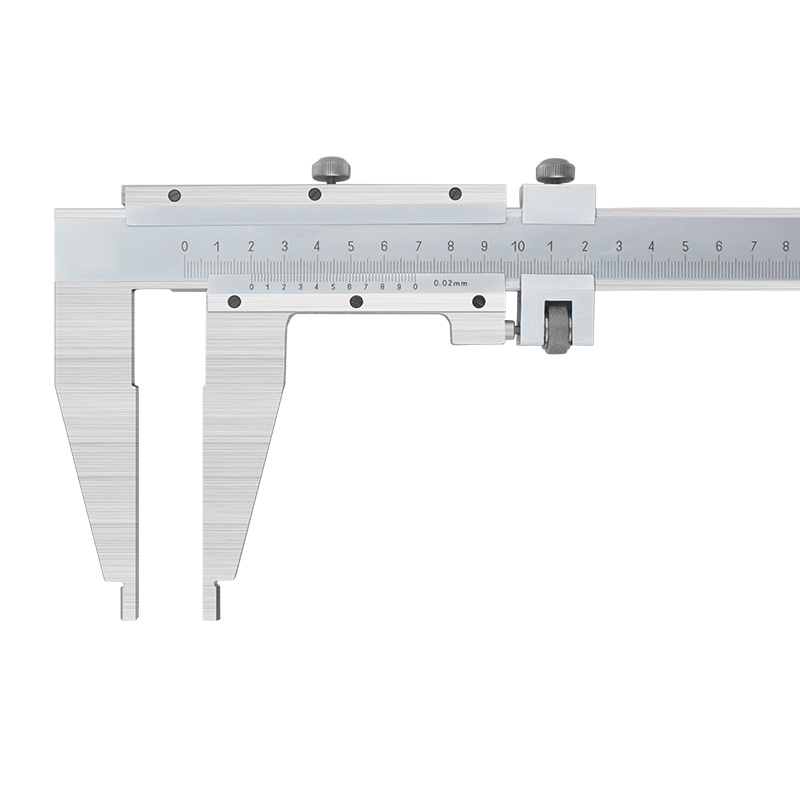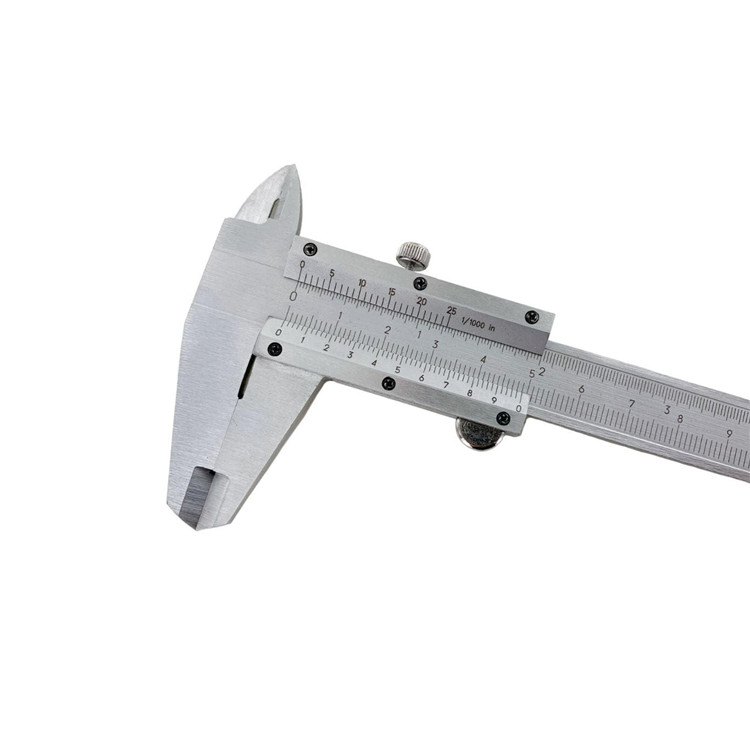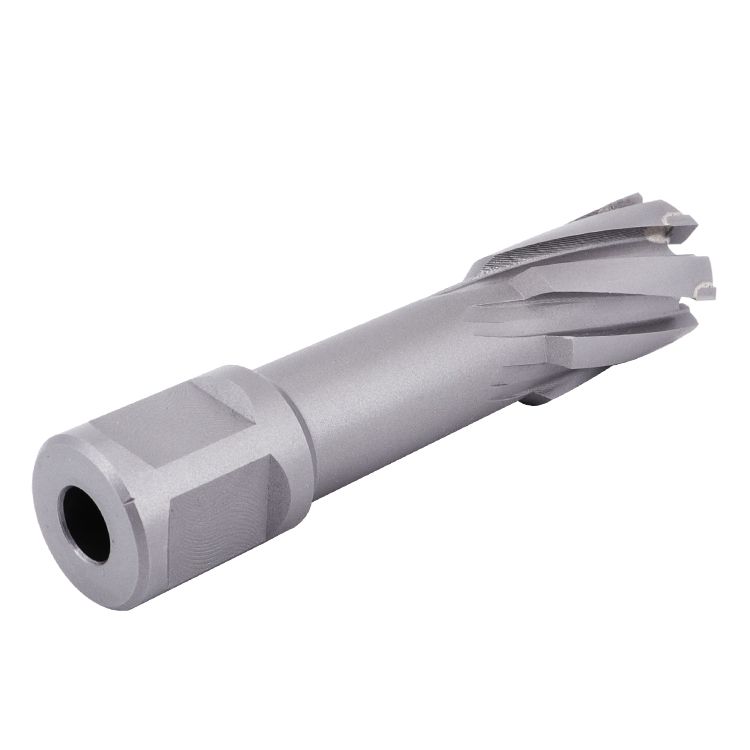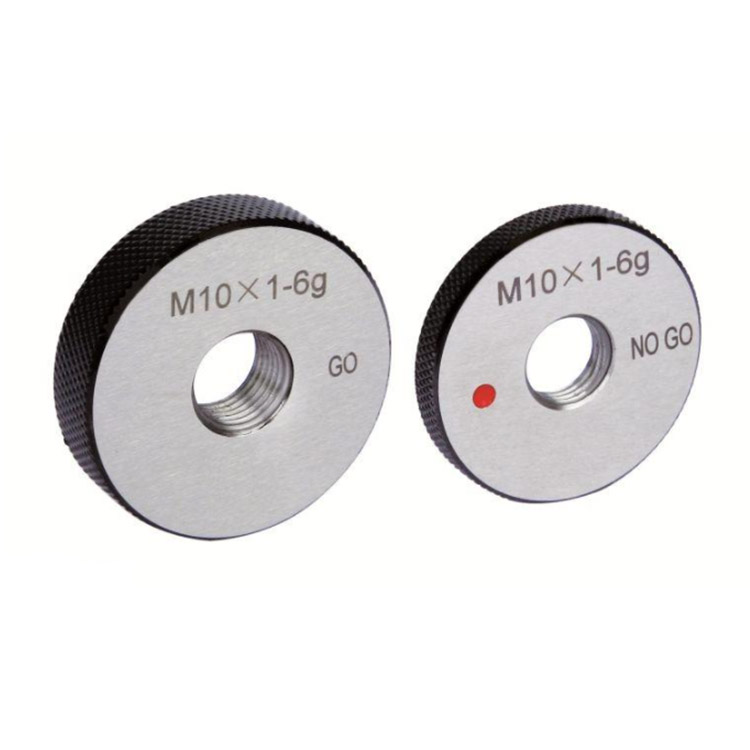v blocks Factories
V blocks Factories are precision metalworking fixtures used to securely hold round or cylindrical workpieces during machining, inspection, and layout operations. They consist of a hardened steel block with a precisely machined V-shaped groove. Selecting the right V block involves considering size, material, accuracy, and application. This guide explores V block factories, their applications, and how to choose the best one for your needs.
Understanding V Blocks
What are V Blocks?
A V block is a workshop tool typically made of hardened tool steel or cast iron. Its main feature is a V-shaped groove, usually at a 90-degree angle, though other angles are available for specialized applications. This groove allows the secure positioning and holding of round or cylindrical objects.
Types of V Blocks
V blocks come in various designs to suit different applications:
- Single V Blocks: These have a single V-groove and are the most common type.
- Matched Pair V Blocks: These are sold in pairs and are manufactured to extremely close tolerances, ensuring identical dimensions and angles. This is crucial for precision work.
- Magnetic V Blocks: These incorporate magnets to hold the workpiece securely, even during light machining.
- Adjustable V Blocks: These allow for adjusting the angle of the V-groove.
- Swivel V Blocks: These allow for rotating the workpiece while held in the block.
V Blocks Factories and Manufacturing
The Manufacturing Process
V blocks are typically manufactured using the following steps:
- Material Selection: High-quality tool steel (e.g., O1, A2, D2) or cast iron is selected.
- Rough Machining: The block is machined to near its final dimensions.
- Heat Treatment: The block is hardened and tempered to achieve the desired hardness and stability.
- Precision Grinding: The V-groove and other critical surfaces are precision ground to achieve high accuracy and surface finish.
- Lapping: Some manufacturers lap the V-groove for even greater accuracy.
- Inspection: Each V block is inspected to ensure it meets specified tolerances.
- Pair Matching: If the V blocks are sold as matched pairs, they are carefully selected to ensure they are within the specified tolerance of each other.
Key Manufacturers: A Look at Wayleading Tools
Several reputable manufacturers specialize in producing high-quality V blocks. One such provider is Wayleading Tools, known for their precision instruments and commitment to quality. Wayleading Tools offers a range of V blocks designed for various industrial applications.
When choosing a V block factory, consider these factors:
- Reputation: Look for manufacturers with a proven track record of producing high-quality tools.
- Accuracy: Check the specified accuracy of the V blocks.
- Material: Ensure the V blocks are made from high-quality materials.
- Certifications: Check if the manufacturer has relevant certifications, such as ISO 9001.
Applications of V Blocks
Machining Operations
V blocks are essential for various machining operations:
- Drilling: Holding round stock securely while drilling holes.
- Milling: Supporting cylindrical workpieces during milling operations.
- Grinding: Ensuring accurate positioning during grinding processes.
- Turning: Sometimes used in conjunction with lathe accessories for specialized turning applications.
Inspection and Measurement
V blocks are also crucial for inspection and measurement:
- Concentricity Checks: Verifying the concentricity of round parts.
- Roundness Checks: Measuring the roundness of cylindrical objects.
- Surface Finish Analysis: Providing a stable platform for surface finish measurement.
Layout Work
V blocks facilitate accurate layout work:
- Marking: Providing a stable base for marking features on round parts.
- Scribing: Accurately scribing lines on cylindrical surfaces.
Selecting the Right V Block
Factors to Consider
Choosing the appropriate V block involves evaluating several factors:
- Size: The size of the V block should be appropriate for the diameter of the workpieces you will be holding.
- Material: Choose a material that is suitable for your application. Hardened steel is generally preferred for machining, while cast iron may be suitable for inspection.
- Accuracy: Select a V block with the accuracy required for your application. Matched pairs are essential for high-precision work.
- Clamping Mechanism: Consider the type of clamping mechanism required. Some V blocks come with clamps, while others require separate clamps.
- Magnetic vs. Non-Magnetic: Decide whether you need a magnetic V block. Magnetic V blocks are useful for holding workpieces securely, but they may not be suitable for all applications.
Size and Capacity
The size of the V block is determined by its dimensions and the maximum diameter of the workpiece it can accommodate. Ensure the V block you choose is large enough to hold your largest workpieces, but not so large that it is unwieldy.
Accuracy Grades
V blocks are available in different accuracy grades. Higher accuracy grades are more expensive but are essential for precision work. Accuracy is typically specified as the deviation from the nominal angle of the V-groove and the parallelism of the base to the V-groove.
Examples and Case Studies
Let's consider a few scenarios:
- Scenario 1: A machinist needs to drill precise holes in round stock. They should choose a hardened steel V block with clamps to hold the workpiece securely.
- Scenario 2: An inspector needs to check the concentricity of a cylindrical part. They should use a matched pair of V blocks with high accuracy.
- Scenario 3: A hobbyist needs to mark a line on a round tube. A basic cast iron V block may suffice.
Maintenance and Care
Cleaning and Storage
Proper maintenance is crucial for prolonging the life of your V blocks:
- Cleaning: Clean your V blocks regularly with a clean, dry cloth to remove dirt and debris.
- Lubrication: Apply a light coat of oil to prevent rust.
- Storage: Store your V blocks in a dry, protected place to prevent damage.
Inspection and Calibration
Periodically inspect your V blocks for signs of wear or damage. If you suspect that your V blocks are no longer accurate, have them calibrated by a qualified metrologist. Contact Wayleading Tools for calibration service inquiries.
Conclusion
V blocks are versatile and essential tools in metalworking, inspection, and layout. Understanding their types, applications, and how to select and maintain them is crucial for achieving accurate and efficient results. By considering factors such as size, material, accuracy, and clamping mechanism, you can choose the best V block for your specific needs. Always prioritize quality and consider reputable manufacturers like Wayleading Tools for reliable and precise instruments.
By following these guidelines, you can ensure that your V blocks serve you well for years to come, contributing to the success of your projects.
Disclaimer: This article provides general information about V blocks. Always consult with qualified professionals for specific applications and safety precautions.
Related products
Related products
Best selling products
Best selling products-
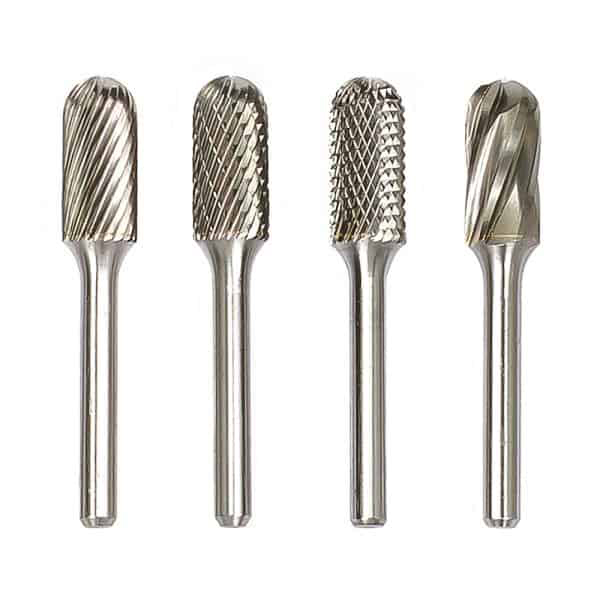 Type C Cylinder Ball Nose Tungsten Carbide Rotary Burr
Type C Cylinder Ball Nose Tungsten Carbide Rotary Burr -
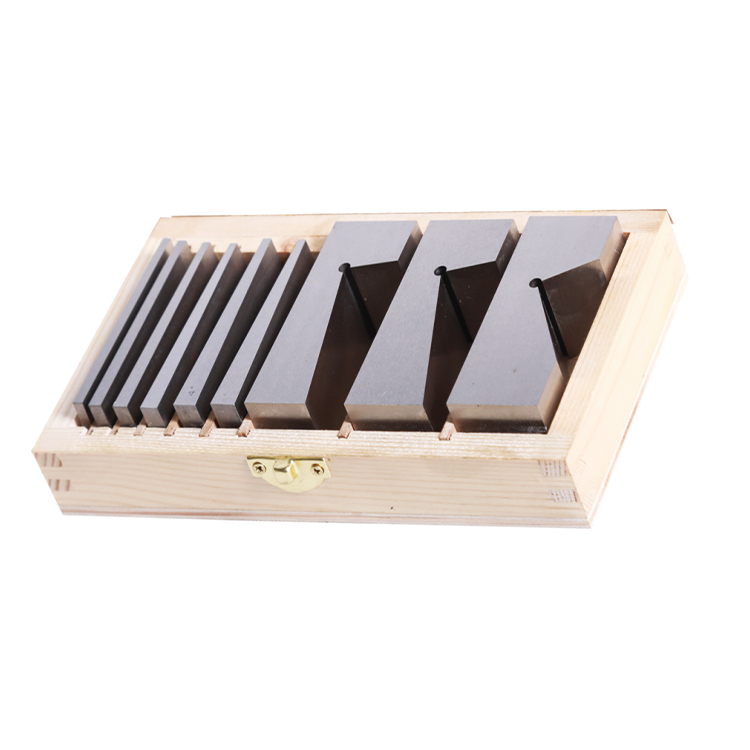 Precision 8pcs & 9pcs Angle Blocks Set With High Quality Type
Precision 8pcs & 9pcs Angle Blocks Set With High Quality Type -
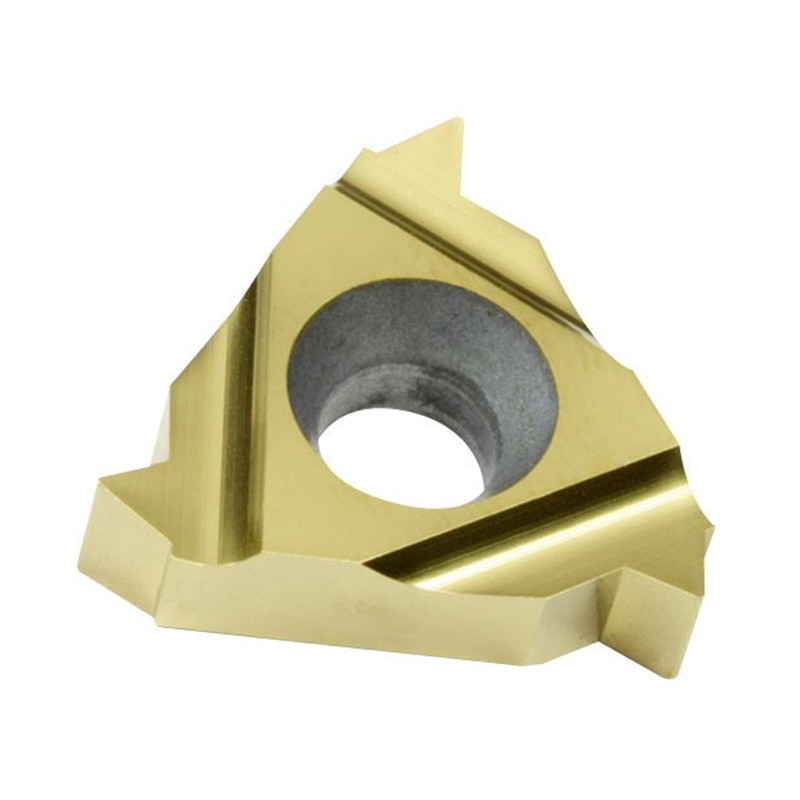 Partial profile 55° Threading Insert With ER & IR Type
Partial profile 55° Threading Insert With ER & IR Type -
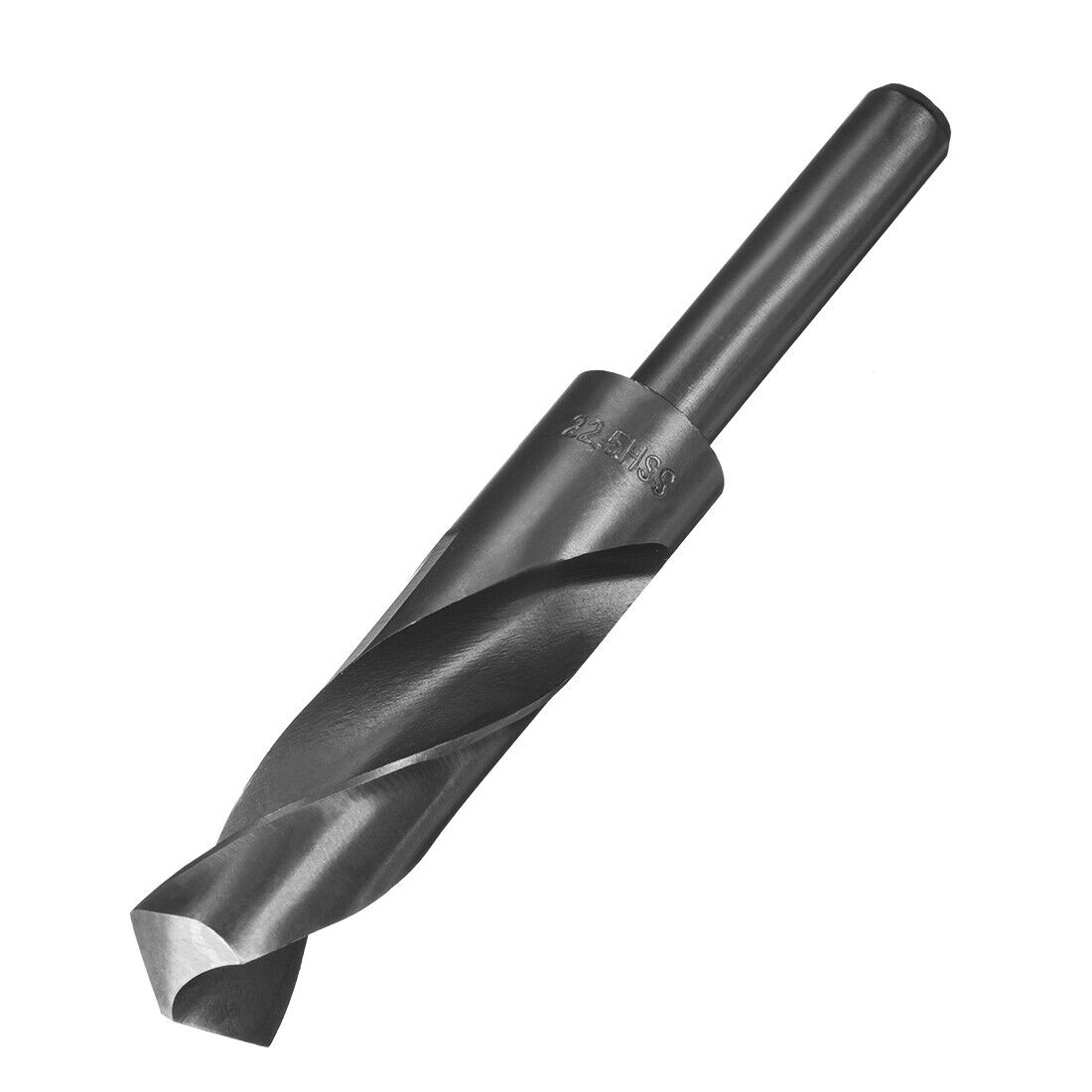 Metric HSS 13mm Reduce Shank Drill Bit For Metal Cutting Of High Precision
Metric HSS 13mm Reduce Shank Drill Bit For Metal Cutting Of High Precision -
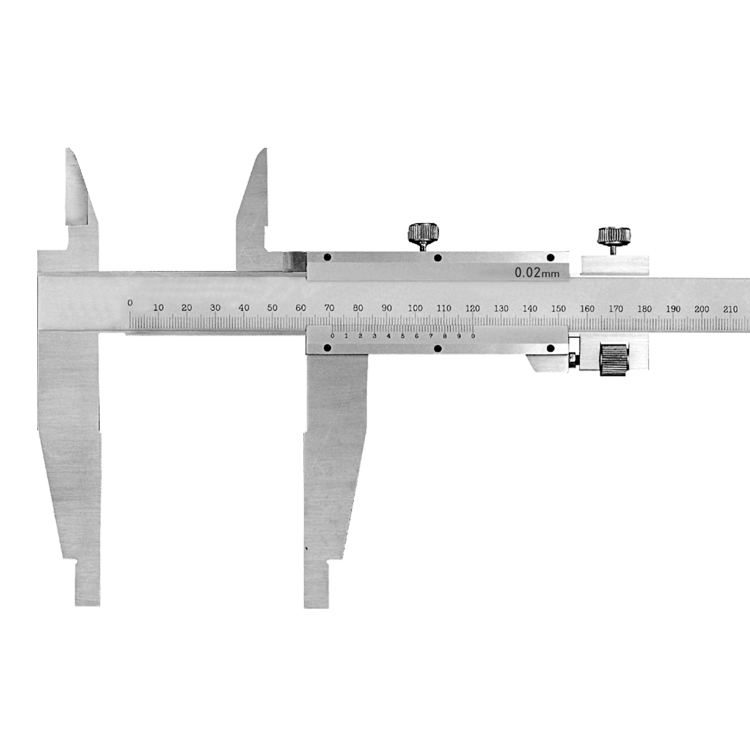 Precision Vernier Caliper With Nib Style & Standard Style Jaws Of Metric & Imperial For Industrial
Precision Vernier Caliper With Nib Style & Standard Style Jaws Of Metric & Imperial For Industrial -
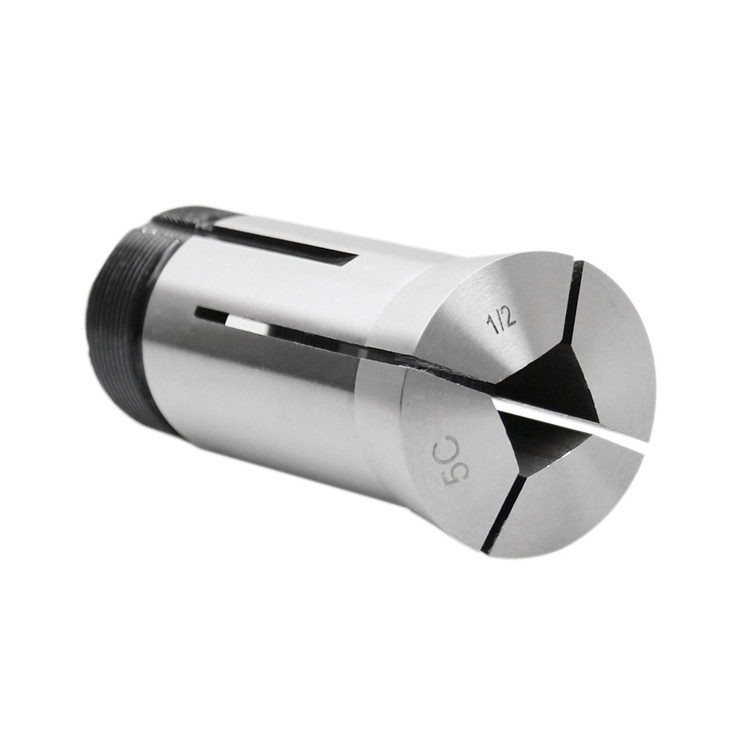 5C Square Collet With Inch and Metric Size
5C Square Collet With Inch and Metric Size -
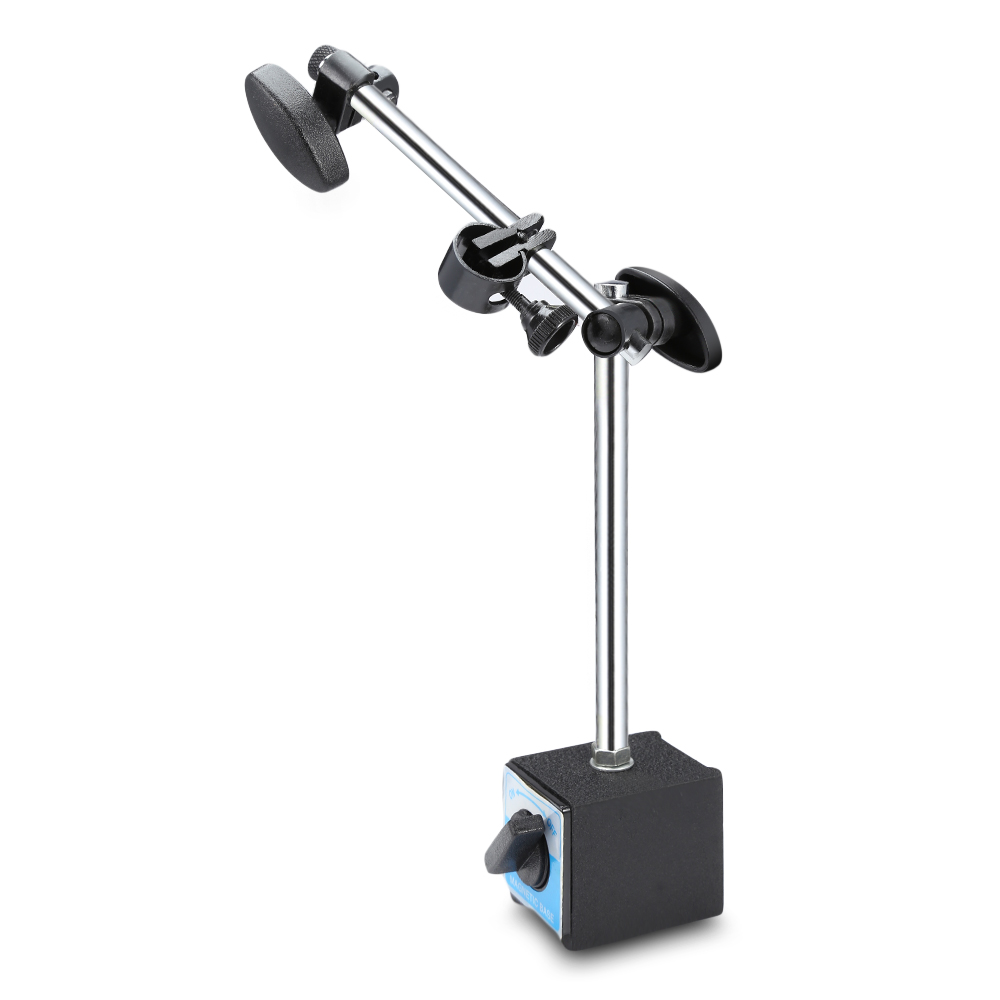 Precision Magnetic Base With Fine Adjustment For Dial Indicator
Precision Magnetic Base With Fine Adjustment For Dial Indicator -
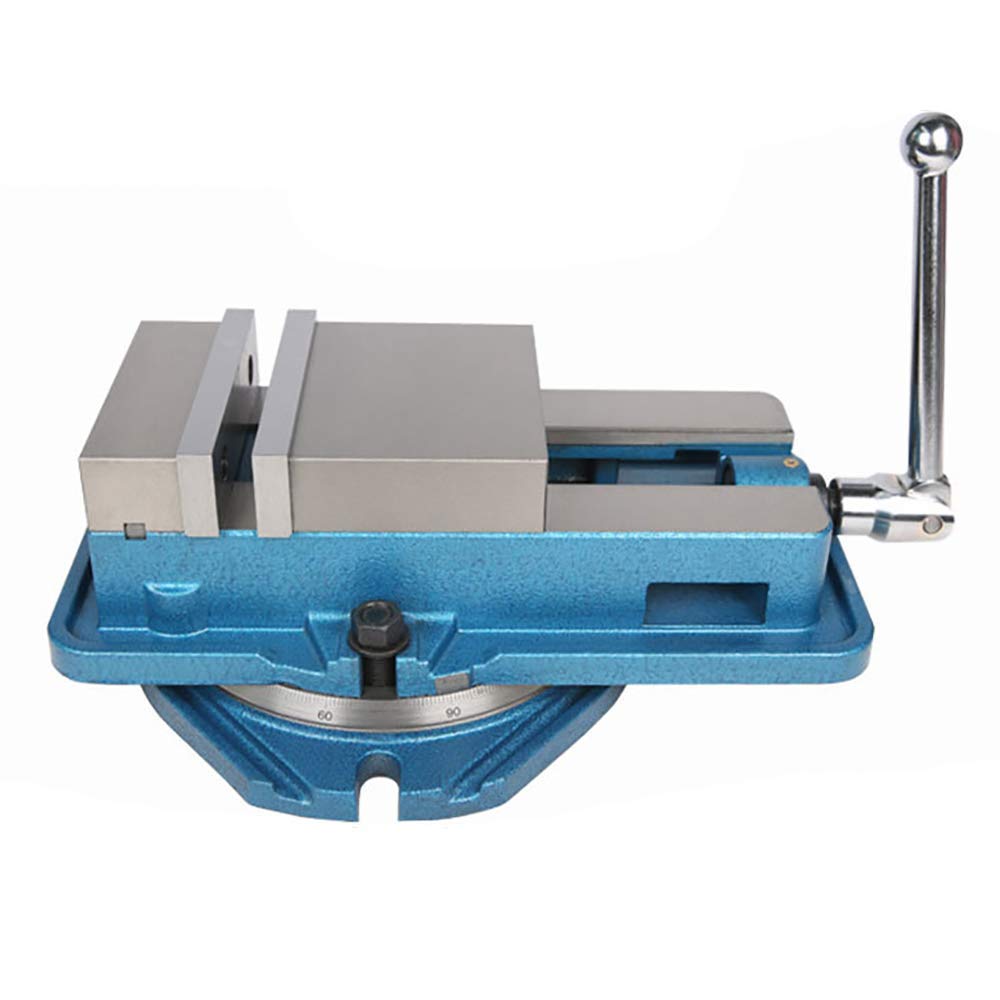 QM ACCU-Lock Precision Machine Vises With Swivel Base
QM ACCU-Lock Precision Machine Vises With Swivel Base -
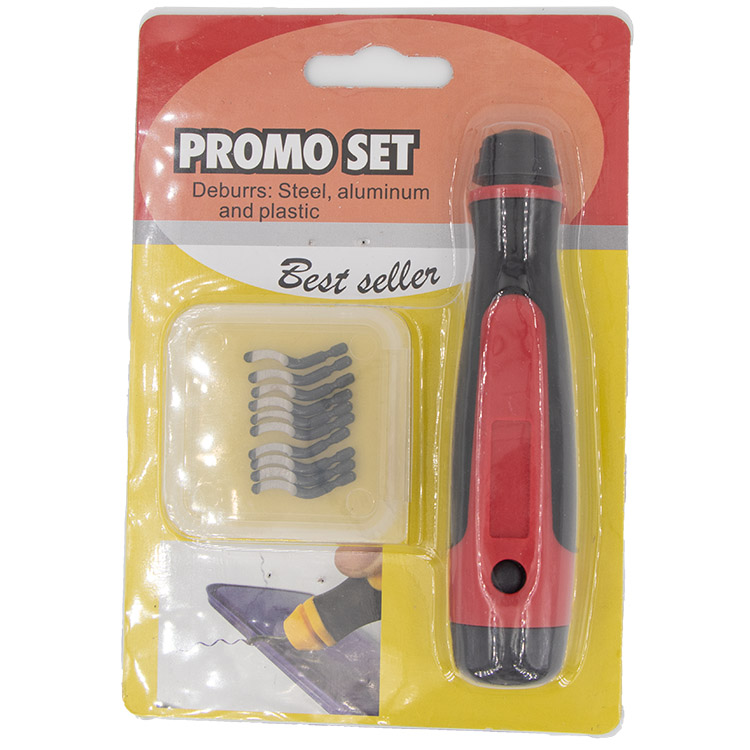 Type B Light Duty Deburring Tool Set With Deburring Holder And Deburring Blade
Type B Light Duty Deburring Tool Set With Deburring Holder And Deburring Blade -
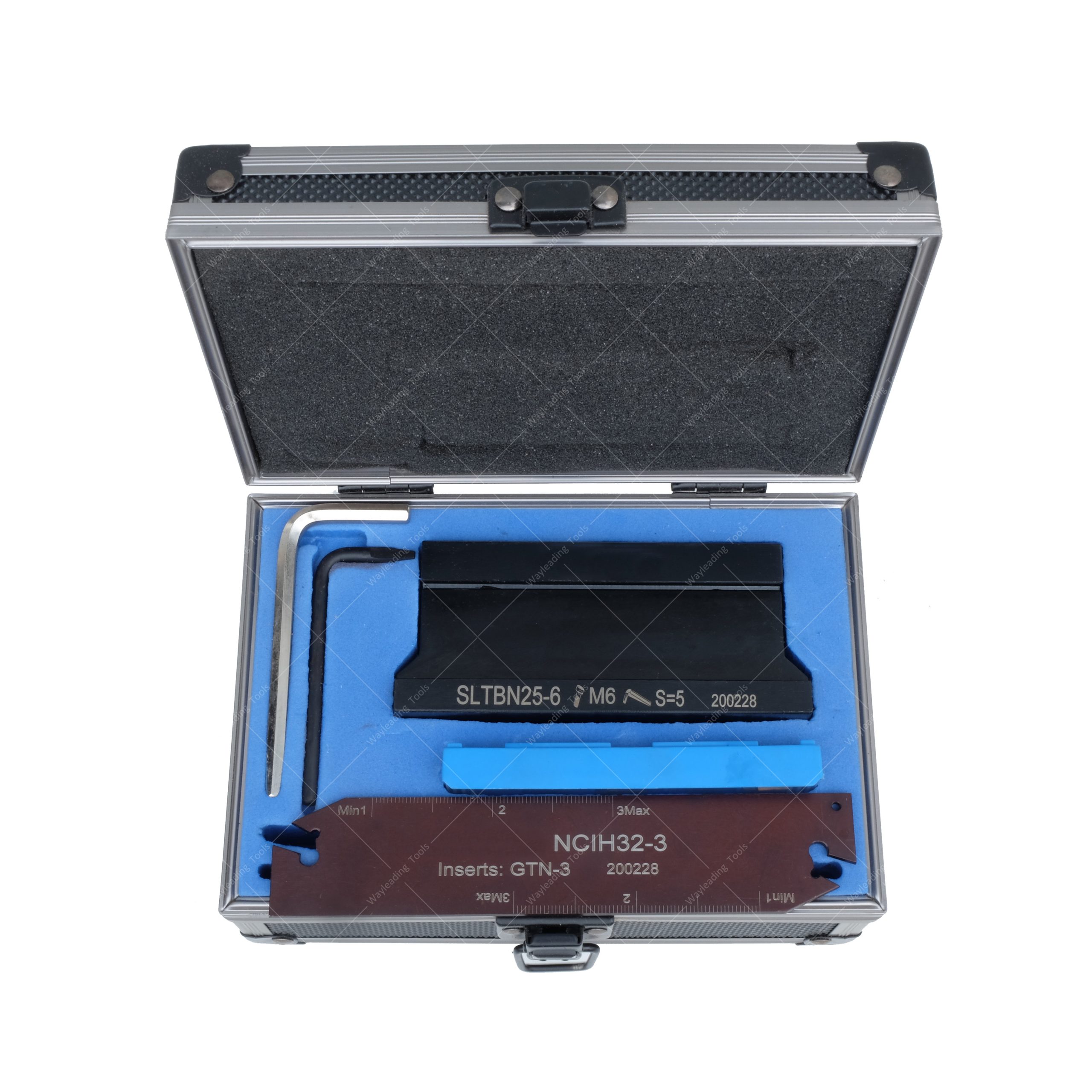 Parting & Grooving Tool Set With SLTB Blcok, NCIH Blades, GTN Inserts
Parting & Grooving Tool Set With SLTB Blcok, NCIH Blades, GTN Inserts -
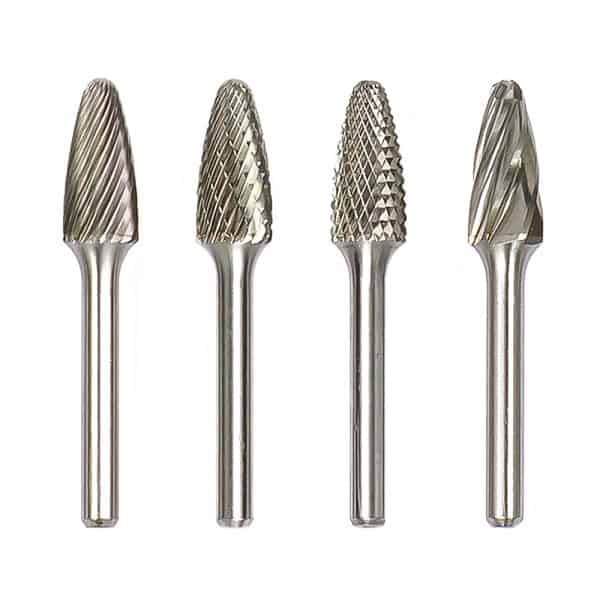 Type F Ball Nose Tree Tungsten Carbide Rotary Burr
Type F Ball Nose Tree Tungsten Carbide Rotary Burr -
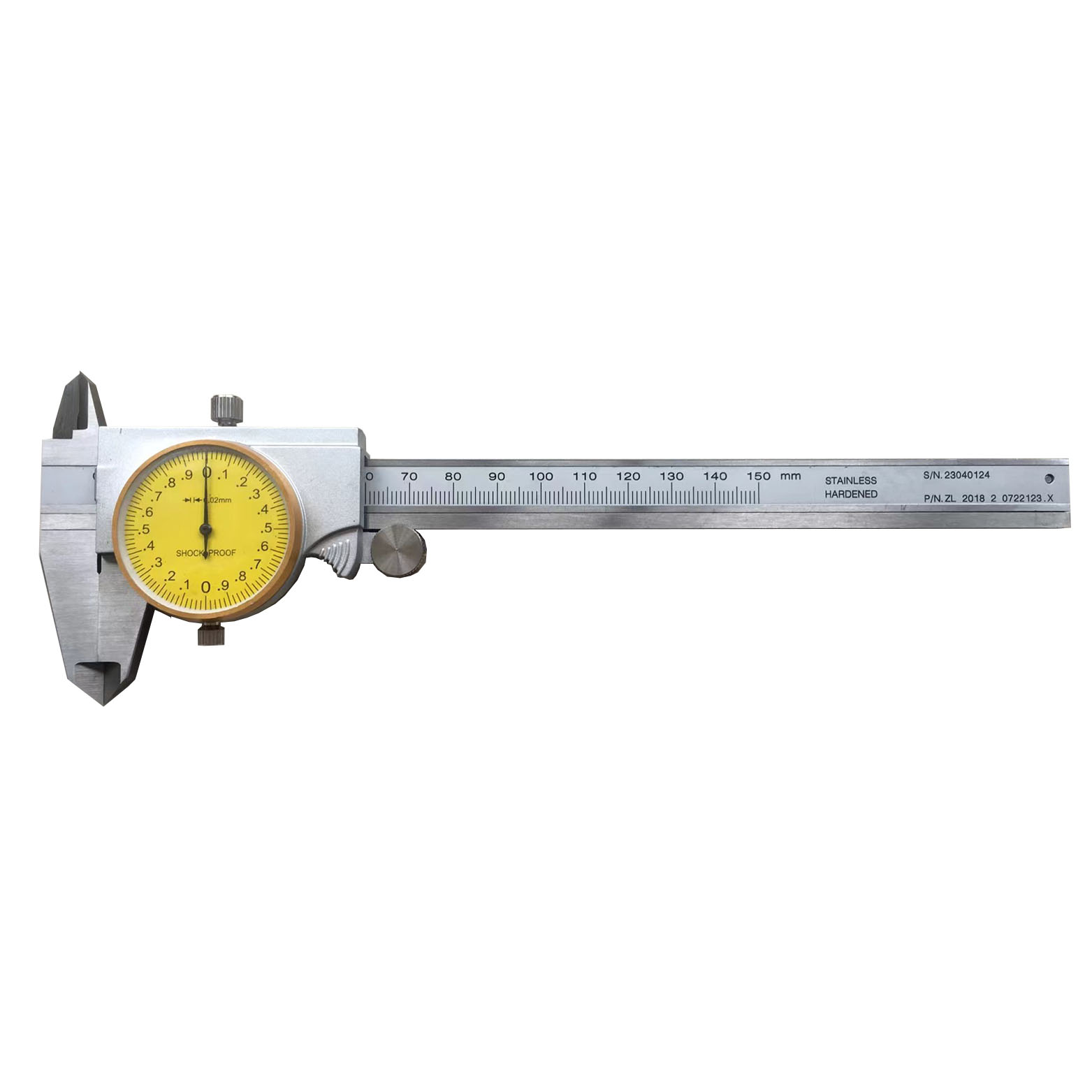 Precision Dustproof Dial Caliper Of Double Shock-Proof For Industrial
Precision Dustproof Dial Caliper Of Double Shock-Proof For Industrial

